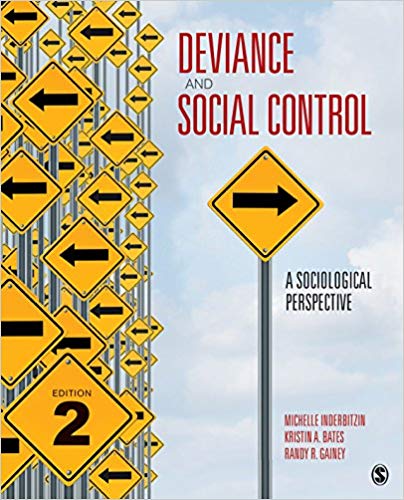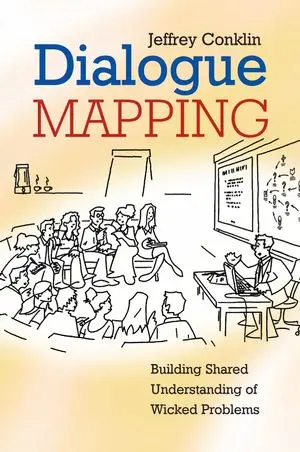Deviance and Social Control: A Sociological Perspective, Second Edition serves as a guide to students delving into the fascinating world of deviance for the first time. Authors Michelle Inderbitzin, Kristin A. Bates, and Randy Gainey offer a clear overview of issues and perspectives in the field, including introductions to classic and current sociological theories as well as research on definitions and causes of deviance and reactions to deviant behavior. The unique text/reader format provides the best of both worlds, offering both substantial original chapters that clearly explain and outline the sociological perspectives on deviance, along with carefully selected articles on deviance and social control taken directly from leading academic journals and books. The Second Edition features updated research, examples of specific forms of deviance, and discussions of policy, as well as a new chapter and readings on global perspectives on deviance and social control.
چکیده فارسی
انحراف و کنترل اجتماعی: دیدگاه جامعهشناختی، نسخه دومبهعنوان راهنمای دانشآموزانی است که برای اولین بار به دنیای جذاب انحراف میپردازند. نویسندگان میشل ایندربیتزین، کریستین ای بیتس و رندی گینی مروری روشن از مسائل و دیدگاههای این حوزه، از جمله مقدمهای بر نظریههای کلاسیک و رایج جامعهشناسی و همچنین تحقیق در مورد تعاریف و علل انحراف و واکنشها به رفتار انحرافی ارائه میکنند. قالب متن/خواننده منحصربهفرد بهترینهای هر دو جهان را ارائه میکند، و هر دو فصل اصلی قابل توجهی را ارائه میکند که به وضوح دیدگاههای جامعهشناختی در مورد انحراف را توضیح میدهد و به آنها اشاره میکند، همراه با مقالاتی که به دقت انتخاب شدهاند در مورد انحراف و کنترل اجتماعی که مستقیماً از مجلات و کتابهای دانشگاهی برجسته گرفته شدهاند. نسخه دوم دارای تحقیقات به روز شده، نمونه هایی از اشکال خاص انحراف، و بحث در مورد سیاست، و همچنین فصل جدید و خوانش هایی در مورد دیدگاه های جهانی در مورد انحراف و کنترل اجتماعی است.
ادامه ...
بستن ...
Ebook details:
عنوان: Deviance and Social Control: A Sociological Perspective
نویسنده: Michelle L. Inderbitzin, Kristin A. Bates, Randy R. Gainey
ناشر: SAGE Publications, Inc; Second edition (August 1, 2016)
زبان: English
شابک: 1506327915, 978-1506327914
حجم: 30 Mb
فرمت: Epub + Converted Pdf
ادامه ...
بستن ...









![Clinical Management of Swallowing Disorders (6th Edition) [2025] - Orginal Pdf Clinical Management of Swallowing Disorders (6th Edition) [2025] - Orginal Pdf](https://dl.libsan.ir/images/1/12/Clinical Management of Swallowing Disorders_68fdc2997972e.webp)
